Currently, some farms in Binh Thuan are looking for a new direction for dragon fruit. Yellow dragon fruit has a self-defense mechanism, a thick, shiny skin so it does not absorb pesticides. And is naturally resistant to insects, so yellow dragon fruit is suitable for organic production.
The unique feature of yellow dragon fruit is that it must be cultivated on a thick, well-cared-for base. Therefore, this is where root-destroying insects reside. To deal with these insects, it is necessary to culture probiotics into fertilizers. However, the harsh weather in Binh Thuan makes it difficult for probiotics to survive. The addition of probiotics must be done regularly.
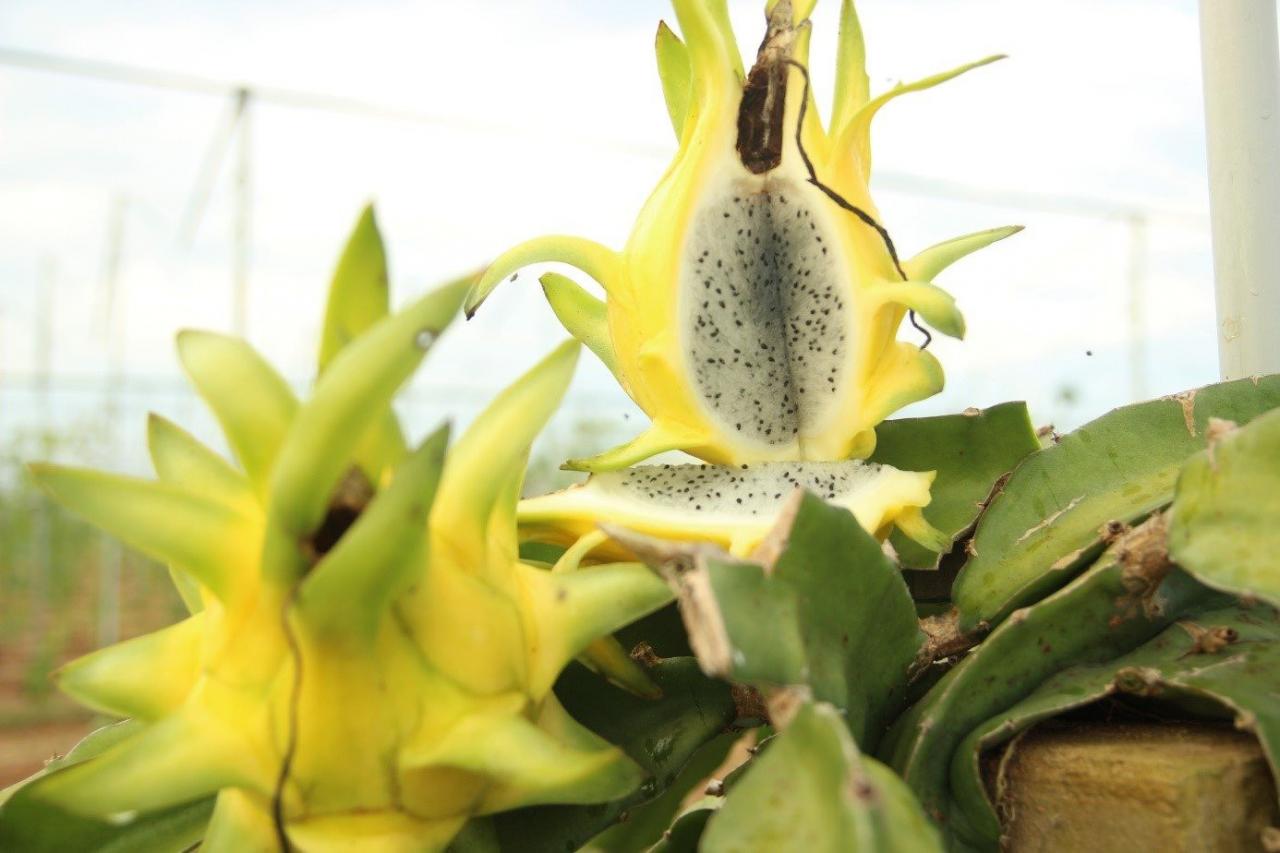
The bright yellow color of yellow dragon fruit attracts a high consumer demand. The nutritional value of yellow dragon fruit is higher than that of white dragon fruit, so it is widely exploited. The most difficult characteristic of cultivating yellow dragon fruit is that the tree does not pollinate naturally. Unlike other types of dragon fruit, yellow dragon fruit pollen cannot germinate. The male and female pistils of yellow dragon fruit flowers are far apart, so the possibility of contact is low. Pollination for flowers must be done by hand by a team of skilled and trained workers. The time when dragon fruit flowers start to bloom is from 9-10 pm, the flowers bloom most from around 11 pm to 2 am. This is the time when workers need to pollinate the flowers to achieve good productivity. Because the pollen of the flower is most ripe during this period. Therefore, the stage of selecting young buds must be selected with an even ratio. To avoid uneven blooming, leading to difficulties in pollination.
The type of pollen chosen to pollinate yellow dragon fruit is usually purple-pink dragon fruit LD5, red H14, or Taiwanese red. Of the three varieties used to pollinate yellow dragon fruit, Taiwanese red dragon fruit when pollinated with yellow will give the best quality. The best fruit flesh is clear, supple, fragrant, sweet, not many seeds, juicy, not too soft. Pollinated with white or purple-pink dragon fruit, the flesh will be firm, crispy, and opaque white.
The blooming time of yellow dragon fruit is different from other dragon fruit areas, so pollination is very difficult. In addition, the weather factor contributes to the success or failure of the pollination process. Sometimes, right after pollination, it rains, and the efforts of technicians and workers are washed away by the rain. Usually, the fruit that is rained on is often small and has few seeds, or is rotten at the tip. From blooming to harvest is about 30 days.
After the pollination stage, comes the care and development stage of the yellow dragon fruit. This stage requires providing enough water and nutrients for the plant. Engineers and workers work day and night.
Because during the bud period, the tree secretes a lot of honey, which often attracts insects. Insect treatment is quite difficult, workers have to catch insects by hand. However, it is necessary to leave some fruits that are being eaten by insects to lure them to a concentrated treatment point. For small insects, essential oils extracted from plants such as garlic, chili, lemongrass, lemon, and cloves must be used to repel insects.
After about 2 days of pollination, remove the dragon fruit beard and clean the fruit throat to prevent the fruit from rotting. After about 1 week of removing the petals, remove the pistil to prevent bacteria from entering.
Growing organic yellow dragon fruit is difficult, but with passion, belief and desire to bring customers quality and safe products. And also a new direction for the appearance of Binh Thuan dragon fruit.
Source


![[Photo] General Secretary To Lam receives the Director of the Academy of Public Administration and National Economy under the President of the Russian Federation](/_next/image?url=https%3A%2F%2Fvphoto.vietnam.vn%2Fthumb%2F1200x675%2Fvietnam%2Fresource%2FIMAGE%2F2025%2F12%2F08%2F1765200203892_a1-bnd-0933-4198-jpg.webp&w=3840&q=75)






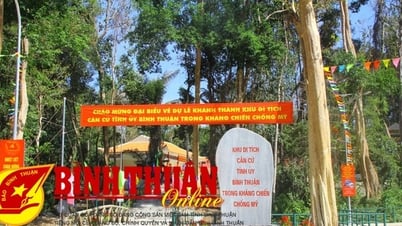






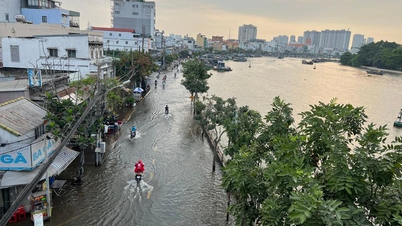











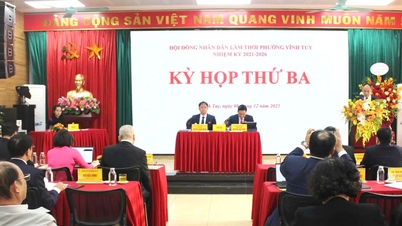
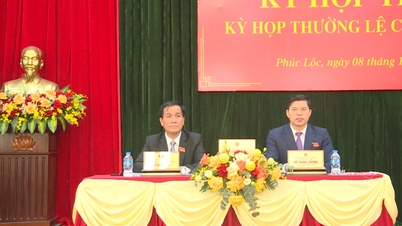
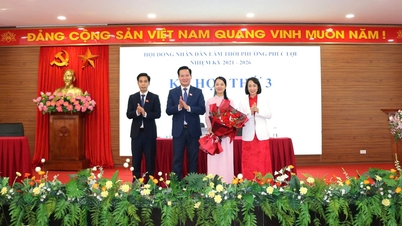
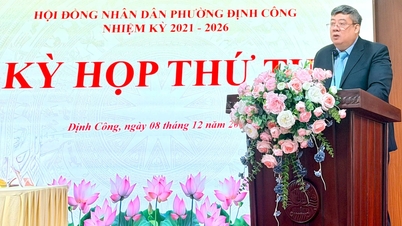
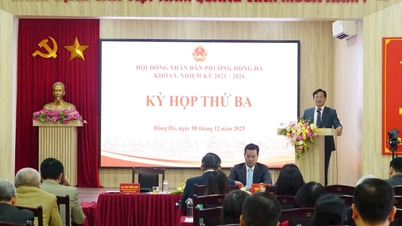
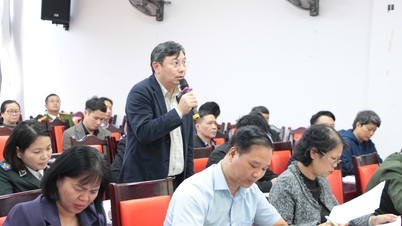



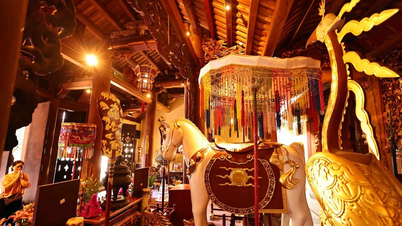



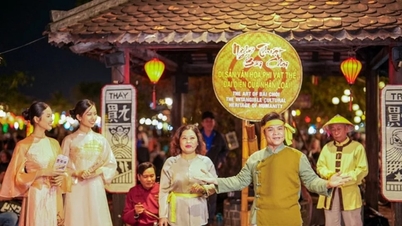

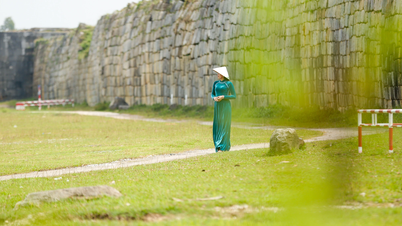


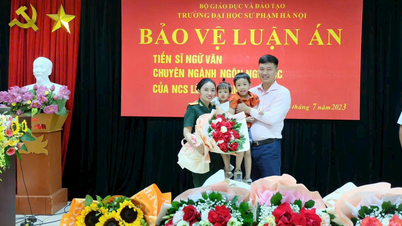

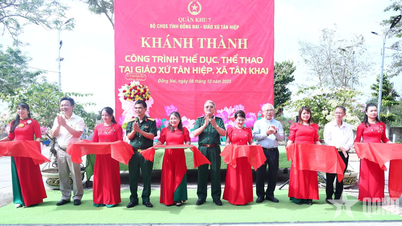
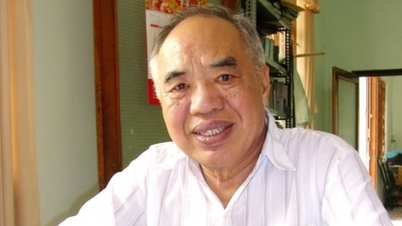

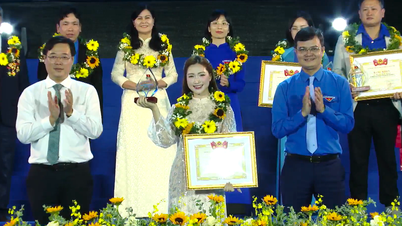

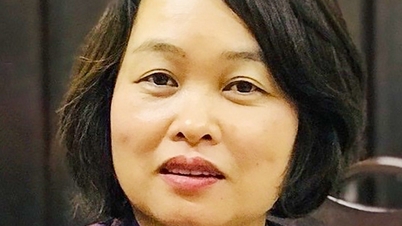



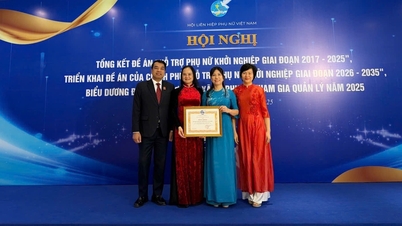
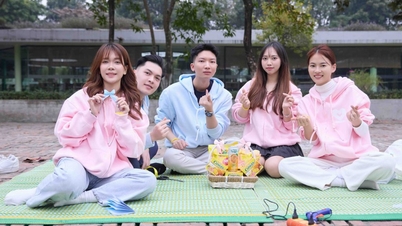



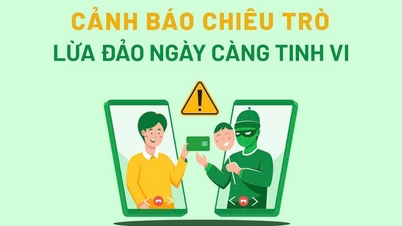







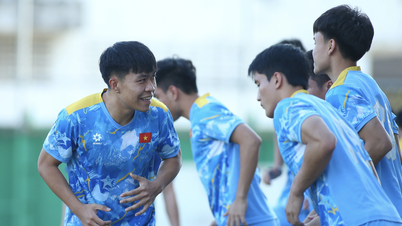
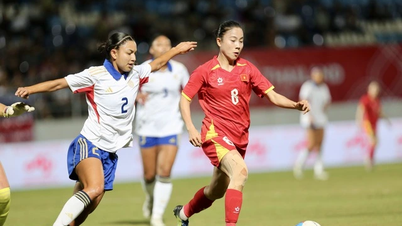
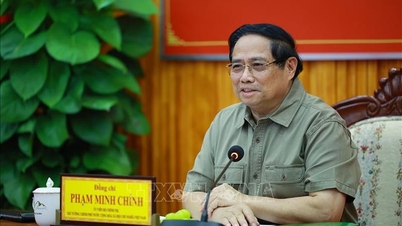



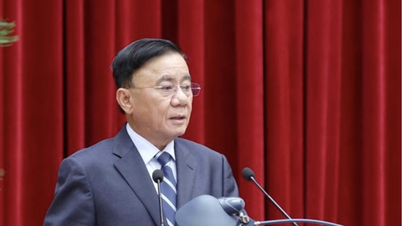
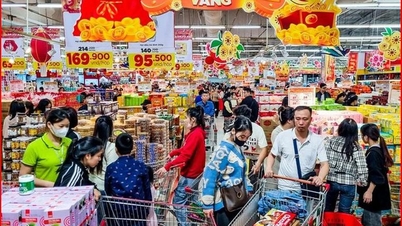




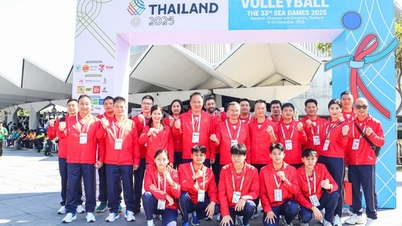
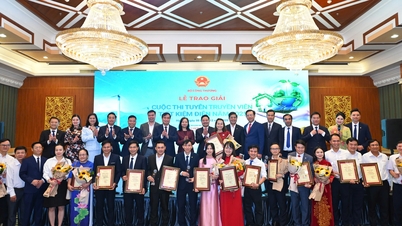




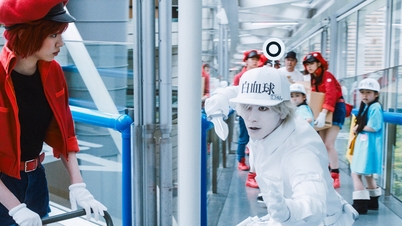

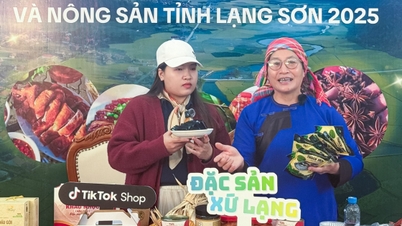
















Comment (0)